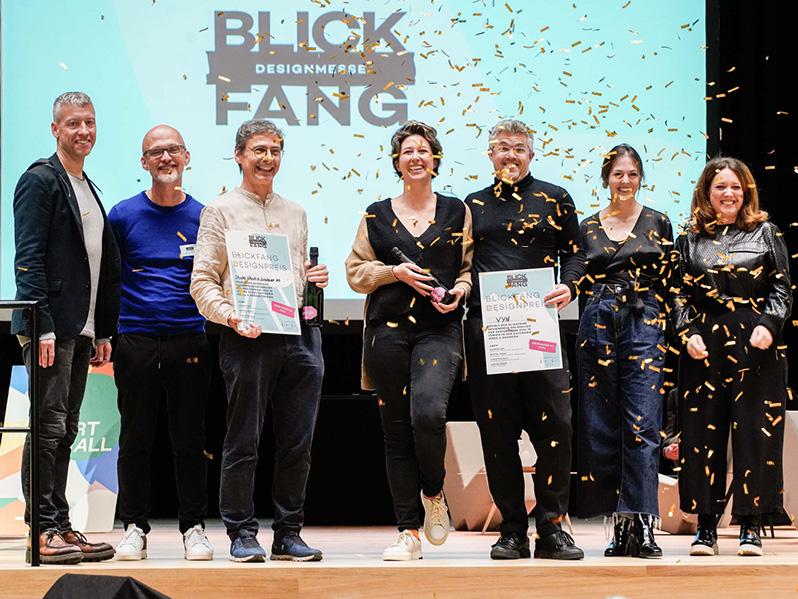FÜR ECHTE GEWINNERTYPEN
AUF JEDER BLICKFANG WIRD DER DESIGNPREIS IN DEN KATEGORIEN „MÖBEL & PRODUKTDESIGN“ SOWIE „MODE & SCHMUCK“ VERLIEHEN.
Der Designpreis ist auch dieses Jahr wieder ein Highlight im Programm der BLICKFANG: Die besten gestalterischen Produkte und Konzepte werden unter Berücksichtigung einer besonders ansprechenden Präsentation ausgezeichnet. Für die Auswahl in den beiden Kategorien Möbel und Produktdesign sowie Mode und Schmuck ist eine hochkarätige Fachjury verantwortlich. Der Designpreis wird von der D.E.S.I.G.N. Foundation gefördert.
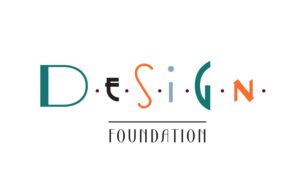
JURYMITGLIED Jules Villbrandt I Content Creator
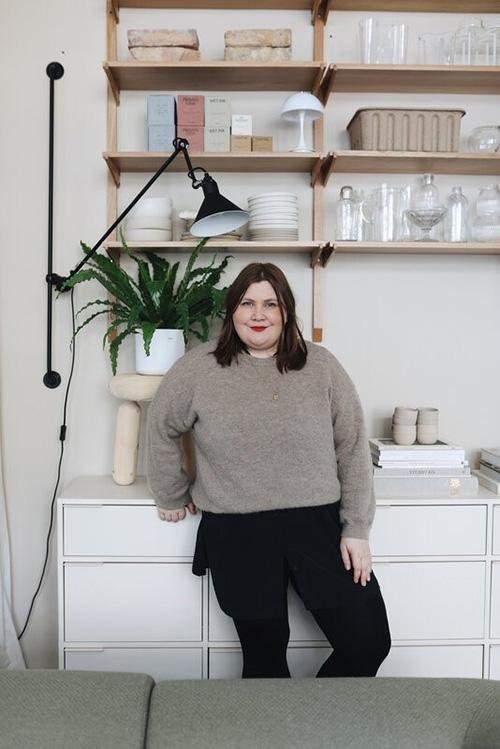
1986 geboren in Spremberg
2006-2011 Bachelor und Master an der UdK und Gesellschafts-und Wirtschaftskommunikation
2009 Gründung Blogazine Herz&Blut (Onlinemagazin für Interior und Lifestyle)
2016 Gründung Studio Maison Palmė
1. Was macht für dich gutes Design aus?
Gutes Design bleibt im Kopf und bringt einen dazu an ein gewisses Objekt immer wieder zu denken. Gutes Design muss nicht immer funktional sein, aber sollte den Betrachtenden etwas Wiedererkennbares geben.
2. Welches Designstück hat dich in letzter Zeit begeistert und warum?
Ich liebe den Vitra Fauteuil de Salon Sessel. Dieser Sessel fasziniert mich jedes Mal von Neuem durch diese einmalige Formgebung.
3. a) Wohin wird sich in deinen Augen Möbel-Design in Zukunft entwickeln?
Ich denke, dass natürlich in Sachen Möbeldesign der Einsatz nachhaltiger Materialien noch wichtiger wird als bislang. Auch die Pandemie hat gezeigt, dass regionale Materialien sowie auch regionale Produktion sich mehr und mehr auszeichnen.
b) Wohin wird sich in deinen Augen Mode-Design in Zukunft entwickeln?
Die Modewelt wird immer sich auch an Trends halten und schnelllebig sein, aber ich denke dass sehr hochwertige Materialien sich allein von seiner Langlebigkeit auszeichnen.
4. Die BLICKFANG in Berlin ist wichtig, weil…
Berlin endlich auch in der Interiordesignwelt eine Rolle spielen kann und sollte. Es gibt in Berlin so viele Brands zu entdecken!
5. Welchen guten Rat würdest du jungen Designer:innen mit auf den Weg geben?
Lasst die German Angst einfach hinter euch und einfach machen! No Risk no fun hat sich bei mir sehr bewährt!
Jurymitglied Scott Lipinski I Chief Executive Officer at Fashion Council Germany
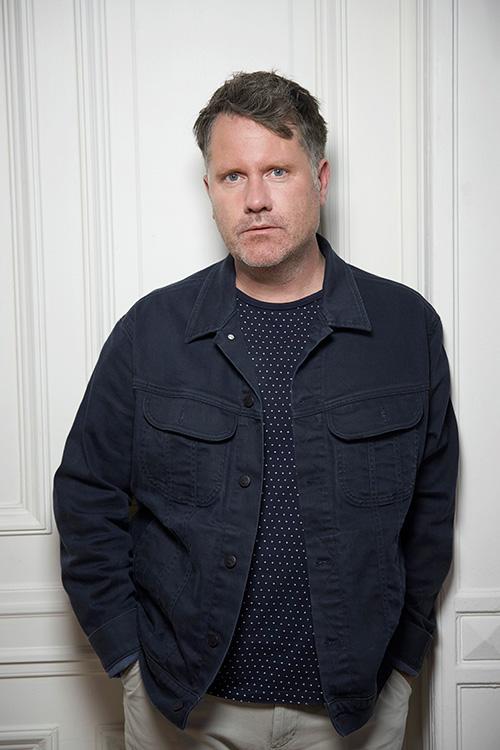
Scott Lipinski has been holding the position of Chief Executive Officer at Fashion Council Germany since December 2017, having already been Managing Director there since June 2017. He started his career as a consultant at the international management consultancy Accenture, followed by positions at renowned German fashion companies such as Wunderkind, MICHALSKY and lala Berlin. At Fashion Council Germany, he engages himself for fashion „Made & Designed in Germany“. His goal is to establish German fashion as a cultural and economic asset and to generate more recognition and attention for the industry, both politically and culturally.
1. What makes good design for you?
Good design, whether it’s in fashion or product design, is characterized by a number of important features. It should be visually appealing and aesthetically pleasing, with a clear and concise design language that communicates its purpose effectively. Good design should be innovative, pushing boundaries and exploring new possibilities while also being mindful of practical considerations such as the most important topic: sustainability. Good design should be timeless, with a sense of longevity that transcends trends and fads, and remains relevant and desirable for years to come.
2. Which piece of design has inspired you recently and why?
Heritage and tradition are very important to me, and I believe they play a significant role in design. Recently, I was inspired by the traditional Scottish kilt, particularly the craft of weaving tartan. The intricate patterns and unique color combinations used in tartan weaving have been passed down through generations, and the process is steeped in history and tradition – but also in a new modern approach with young designers. The fact that each kilt is handcrafted with care and attention to detail makes it all the more special. This kind of craftsmanship and attention to tradition is becoming increasingly rare in the modern world of mass-produced goods, and I find it truly inspiring. It was great to see how Fashion Council Germany`s young talents used tartan to express their skills and designs during Berlin Fashion Week.
3. Where do you think fashion design will go in the future?
With the increasing focus on sustainability and innovative technology, I believe that the future of fashion design will be significantly different from what we see today. The use of sustainable materials and production methods will become more widespread, and designers will be challenged to find creative ways to reduce waste and increase longevity in their designs. The industry will also be influenced by legislative changes, leading to guidelines for eco-designs and the implementation of digital passports to ensure sustainability. The incorporation of technology in fashion design will allow for greater customization and personalization, as well as increased efficiency in production. Overall, these changes will lead us into a new world of fashion and design, one that is more mindful of its impact on the environment and utilizes innovative technology to create beautiful and sustainable designs.
4. The BLICKFANG DESIGN FAIR in Berlin is important because…
Design is a vital part of our culture and identity, and providing a stage for designers to showcase their work is essential for recognition and growth. The Fashion Council Germany has a strong focus on supporting emerging designers, and events like BLICKFANG provide the perfect platform for both up-and-coming and established designers to display their unique pieces of art to the public. Berlin, being a creative city, is the perfect backdrop for this type of event, and I believe that every form of stage created for design is meaningful and serves its purpose. These fairs not only provide exposure for designers but also contribute to the growth and development of the industry as a whole.
5. What good advice would you give to young designers?
My advice to young designers would be to stay true to their passions and to be innovative in their approach. Design is an ever-evolving field, and it is important to constantly push boundaries and explore new possibilities. Don’t be afraid to take risks and try new things, as this is where some of the most innovative ideas come from. Additionally, stay true to your unique vision and style, as this is what sets you apart from others in the industry. Ultimately, being passionate about your work is what will drive you to succeed and make a meaningful impact in the world of design.
Jurymitglied Werner Aisslinger I Designer
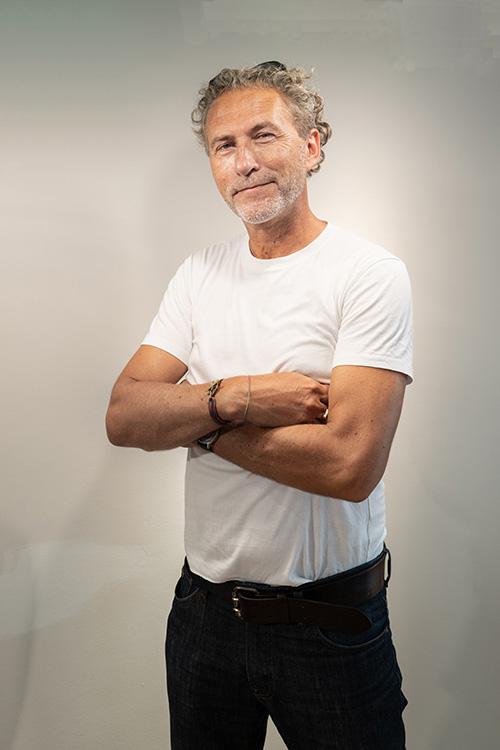
Werner Aisslinger entwirft für Marken wie Vitra, Moroso, Dedon, Cappellini, HansGrohe, Kaldewei, Foscarini, Canon, Haier, Nomos oder Wästberg und seine materialorientierten Designobjekte sind in Museumssammlungen wie dem MoMA und dem Metropolitan Museum in New York, dem Fonds National d´Art Contemporain in Paris, dem Victoria und Albert Museum in London oder der Vitra Design Sammlung zu sehen. Seine Einzelausstellungen wie „Home of the Future“ 2013 in Berlin oder „House of Wonders“ 2017 in der Neuen Sammlung in München sind eine Symbiose aus Utopia und Gesellschaftskritik mit Augenzwinkern. 2014 eröffnete er seine Ausstellung zum AW Designer of the Year in Köln.
1. Was macht für dich gutes Design aus?
Es ist eine symbiose aus einigen Themen. „form follows function“ gibt‘s immer noch, on top geht‘s aber mehr um storytelling, sustainability, collage & curation – also der Designer als DJ der komplexere constraints im Umfeld von Design handeln kann.
2. Welches Designstück hat dich in letzter Zeit begeistert und warum?
Mich begeistern aktuell eher Basics wie der Ziegelstein, der so gelocht ist, dass darin Insekten leben und nisten. … so ein Brick wird verbaut und macht die nächsten Jahrzehnte oder Jahrhunderte Sinn …
3. Wohin wird sich in deinen Augen Möbel-Design in Zukunft entwickeln?
Ich gehe davon aus, dass das Leben wieder und noch nomadischer wird, also wir in der westlichen Welt ziehen öfters um oder arbeiten remote irgendwo parallel oder andere migrieren in die erste Welt … dh designwise dass alles was transportabel ist und ein Leben on tour verbessert hat Zukunft… das kann ein feature am citybike sein oder ein Outfit das den Alltag optimiert für alle die unterwegs sind.
4. Die BLICKFANG in Berlin ist wichtig, weil…
Berlin cultural hub ist & lifestylewise im deutschsprachigen raum frontrunner ist.
5. Welchen guten Rat würdest du jungen Designer:innen mit auf den Weg geben?
work-life balance ist was schönes aber man muss schon hart daran arbeiten ein business oder eine consultancy aufzubauen .. also be eager and openminded and work hard 😉
